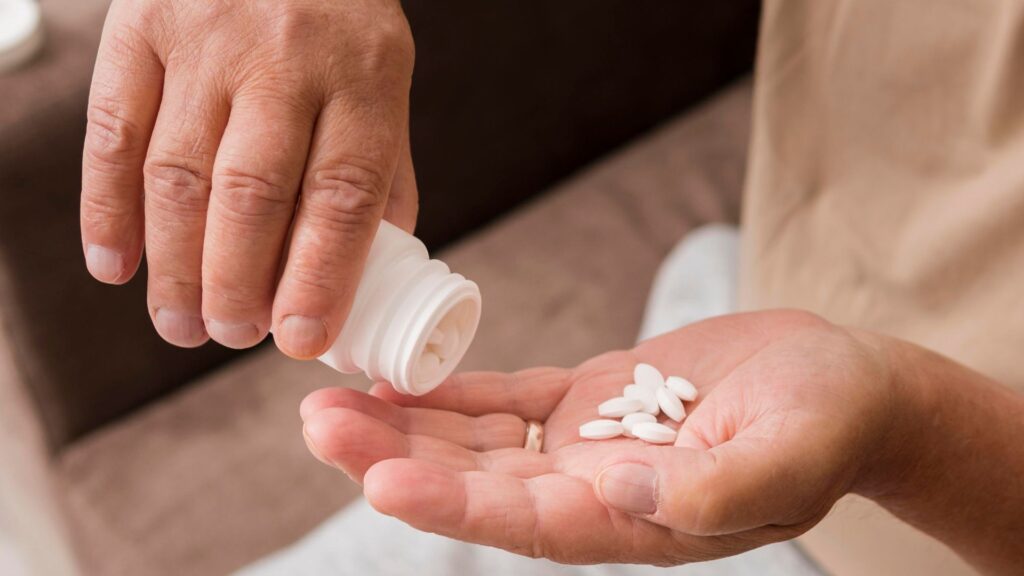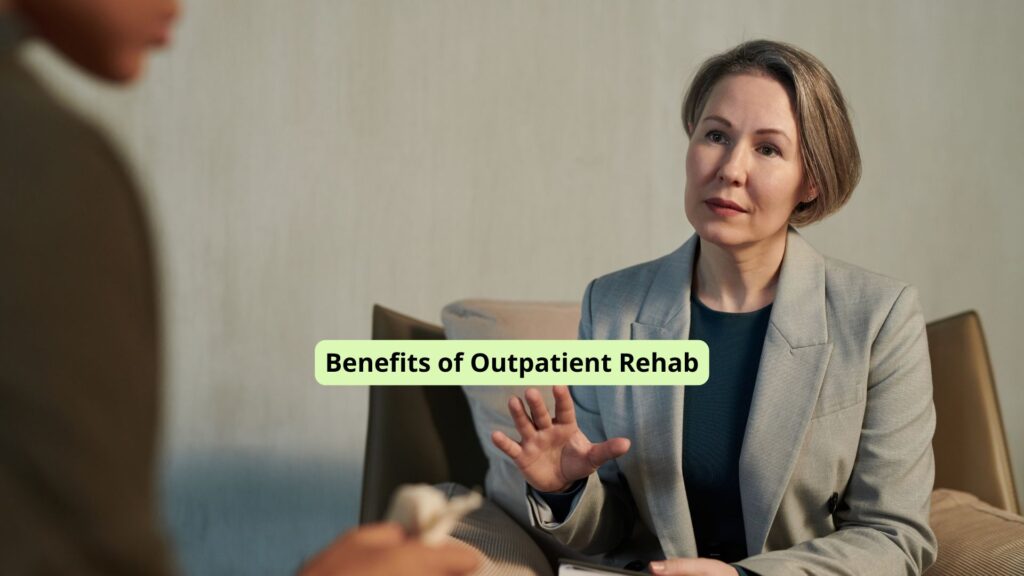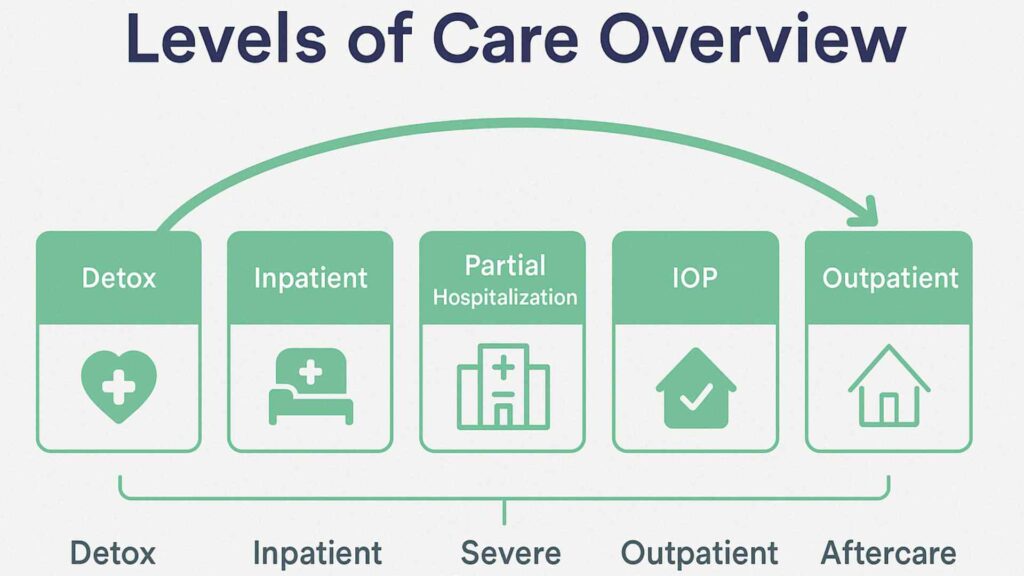Addiction recovery is a process that often involves progress, setbacks, and complex emotions. One of the most common experiences along this journey is dealing with conflicting feelings about change.
This blog examines the concept of ambivalence in recovery, exploring why it occurs, how it can influence progress, and the strategies and professional treatment approaches that can help individuals address it effectively.

What Is Ambivalence in Recovery?
Ambivalence in recovery refers to the conflicting emotions people feel about making changes in their lives. For example, individuals may recognize the benefits of sobriety while simultaneously feeling uncertain about giving up substances that once provided relief or stability. These inner conflicts often sound like:
- “I know I need to stop, but I’m not sure I want to.”
- “Life feels harder without using.”
- “What if I fail again?”
It’s important to understand that this uncertainty is not the same as denial or relapse. Denial means refusing to acknowledge the problem, while relapse is a return to substance use after a period of sobriety. Ambivalence, on the other hand, reflects the push-and-pull of wanting recovery but also fearing or resisting it.
Addressing this stage often requires support, self-reflection, and finding the right outpatient rehab, where individuals can explore these conflicting feelings in a structured and supportive environment.
Why Ambivalence Happens
Contradictory emotions are a natural reflection of the many ways addiction affects the mind, body, and environment. These conflicting feelings often stem from overlapping psychological, biological, and social influences that make the decision to change far more complex than it may appear from the outside.
Psychological factors
On a psychological level, healing often demands a complete reorientation of one’s life. Substances may have served as a primary coping mechanism for stress, trauma, or difficult emotions, even if they ultimately caused harm. The idea of giving them up can feel like losing a source of comfort or stability, which creates understandable hesitation. Fear of the unknown, self-doubt, and the worry of whether life will feel manageable without substances all fuel indecision.
Biological factors
Addiction also changes the brain on a biological level, particularly in the systems that regulate reward, stress, and motivation. Substances overstimulate dopamine pathways, making them strongly associated with pleasure or relief. At the same time, chronic use disrupts the brain’s natural balance, so everyday activities may no longer feel rewarding. When cravings and withdrawal symptoms set in, the thought of quitting can feel physically and emotionally overwhelming. These changes make indecision less about “willpower” and more about the brain struggling to recalibrate.
Social and environmental influences
Family, friends, and community can play a powerful role in shaping how ready someone feels to change. External pressure to quit, while often well-intentioned, may clash with an individual’s internal readiness, leading to resistance or doubt. In addition, environmental triggers, such as being around certain people, visiting familiar places, or encountering reminders of substance use, can reinforce doubt by reigniting cravings or nostalgia.

Warning Signs of Ambivalence
Common signs include inconsistent commitment, such as attending treatment or meetings one week but skipping the next, or procrastinating on important steps like scheduling appointments. Emotional shifts, mood swings, irritability, or sudden drops in motivation may also reflect inner conflict about change.
Another warning sign is sending mixed messages, such as expressing a desire for sobriety while downplaying substance use in other moments. Rationalizations like “I can handle it this time” are also red flags. Noticing these patterns early allows individuals and their support networks to address their doubts before they escalate into relapse risk.
Effective Strategies to Handle Ambivalence
The good news is that hesitancy to heal doesn’t have to derail rehabilitation. Therapeutic approaches such as motivational interviewing and motivational enhancement therapy help individuals explore their reasons for change and build a stronger commitment to becoming free from substances.
Surrounding yourself with a solid support system, whether through therapists, recovery groups, or family members, provides encouragement and accountability, while setting small, achievable goals builds confidence and reduces the fear of failure.
Mindfulness and self-awareness practices also play an important role, teaching individuals to observe their thoughts and feelings without judgment and creating space for clarity.
Developing coping skills for addiction recovery further supports this process by offering healthier ways to manage stress, cravings, and difficult emotions. Evidence-based therapies like Cognitive Behavioral Therapy (CBT) can help replace harmful thought patterns with healthier ones, and individualized treatment plans ensure that both addiction and the underlying doubts are addressed in a way that meets each person’s unique needs.
Final Thoughts from Abundance Treatment
Ambivalence in recovery is a common and expected experience rather than a sign of weakness. Conflicting emotions often arise when people consider major lifestyle changes such as giving up substances, but these feelings can be addressed with the right strategies and support systems in place.
At Abundance Treatment in Toledo, Ohio, our team provides personalized, trauma-informed care for both adults and adolescents. We integrate evidence-based therapies with individualized treatment planning, which aim to address not only substance use but also the underlying challenges that contribute to ambivalence. For those navigating uncertainty in their recovery journey, professional support can provide the structure and guidance needed to move forward with greater clarity and stability.




































